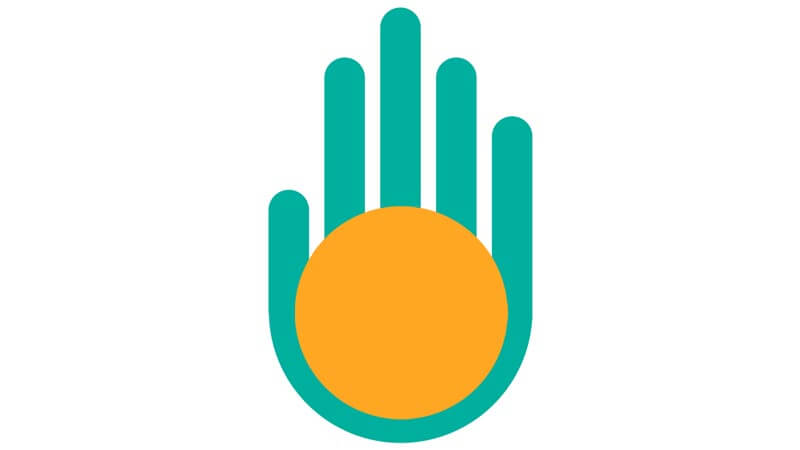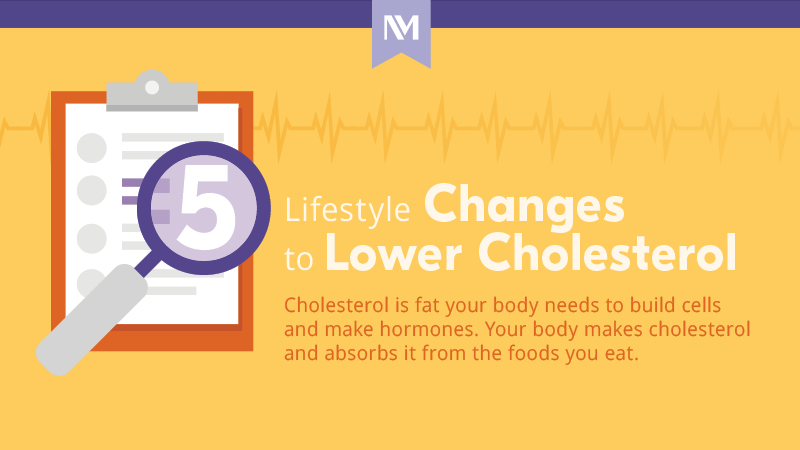Obesity
Obesity
Too much body fat, especially if most of it is around the waist, increases the risk of developing heart disease and stroke. For adults, the body mass index (BMI) is a number that is used to define who is obese. The BMI is calculated using a person's weight and height. Higher BMI may indicate higher risk for obesity-related diseases.
Calculate your BMI
Too much body fat increases the risk of heart disease because it increases how hard the heart has to work and increases the risk of high blood pressure, diabetes and high cholesterol. A proper diet and an exercise program should be continued throughout an adult's life.
Master the math of weight loss
- Weight loss = calories IN versus calories OUT
- 3,500 calories = 1 pound
- Eliminate 500 calories x 7 days = 3,500 calories per week
- Eat 500 fewer calories each day to lose one pound per week
Goals for weight management
- Eat food low in calories
- Eat smaller portions
- Burn calories with activity (as approved by a physician)
Lifestyle changes for weight management
- Aim for progress, not perfection. It does not have to be all or nothing. Daily lifestyle changes are the key.
- Keep a food diary to improve your self-awareness of how much you are eating. Being aware of your patterns leads to positive lifestyle change.
- Drink more water—at least 64 ounces (eight glasses) every day. Water is essential for the fat-burning process. Often, people confuse hunger with being thirsty.
- Decrease liquid calories. Choose non-caloric beverages like water, sparkling water, flavored waters and decaffeinated teas over juices and alcoholic beverages.
- Eat more vegetables. Incorporate extra vegetables at lunch and dinner. Veggies also make great between-meal snacks.
- Identify your favorite fruits and have two to three servings each day. Don't forget berries!
- Be aware of portion sizes. Use measuring cups and spoons if you need to.
- Increase daily activity:
- Park farther away from your destination.
- Take short walk breaks during the day.
- Use the rest room that's farthest away.
- People don't plan to fail but fail to plan. Healthy eating takes planning and a well thought-out trip to the store or restaurant.
- Eat meals or planned snacks every four hours. Getting too hungry leads to mindless snacking and overeating.
- Pace, do not race! Slow down and enjoy your food. It should take you at least 20 minutes to eat a meal. It takes time for your body to realize that you are full.
- Increase fiber. Fiber makes you feel full and satisfied. Fiber is plentiful in whole grain foods, fruits, vegetables and beans.
- Enjoy your food and be mindful when eating. Do not work, watch TV or engage in other activities while eating.
- Choose low-fat dairy products (skim or low/non-fat yogurts, etc.) over full fat.
- Don't deprive yourself of your favorites. All foods can fit! Cut down, not out.
- Weigh yourself at home at the same time daily.




